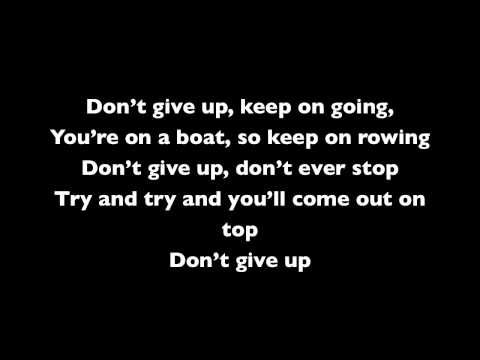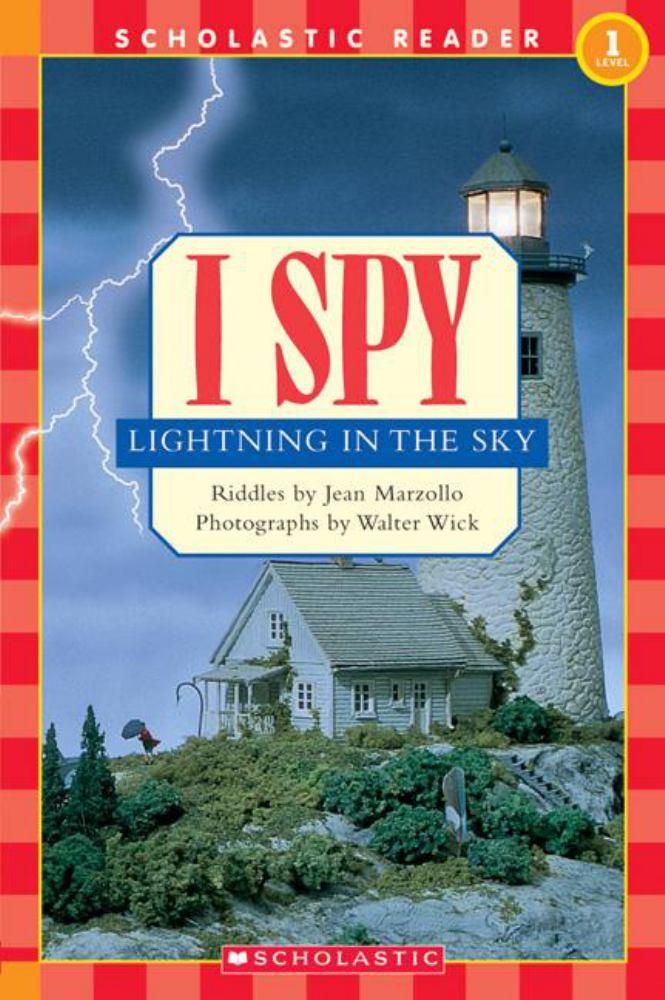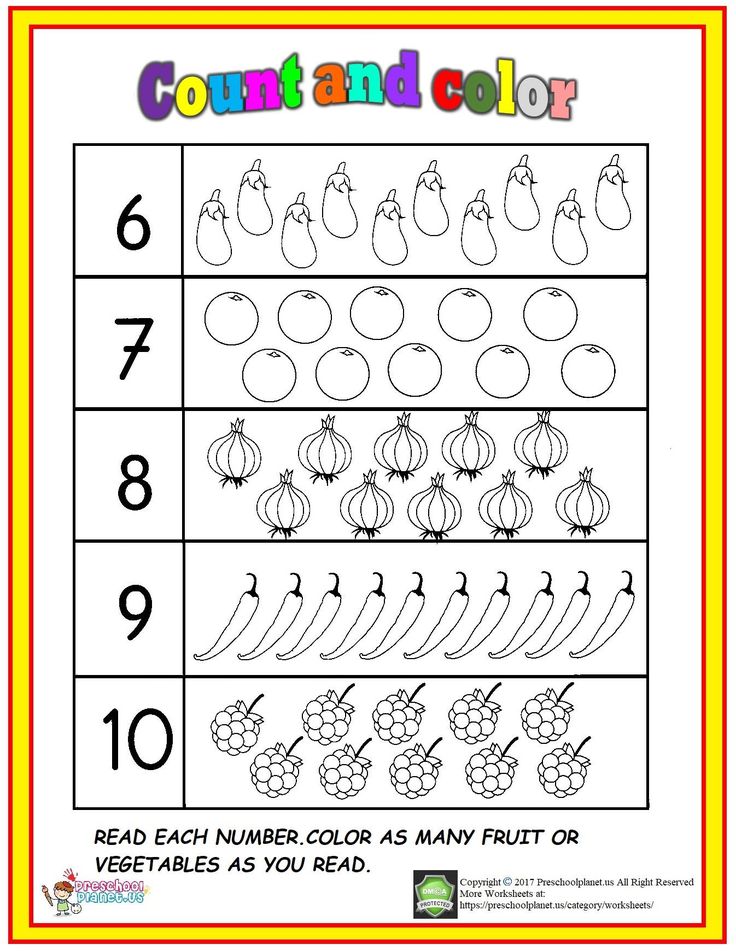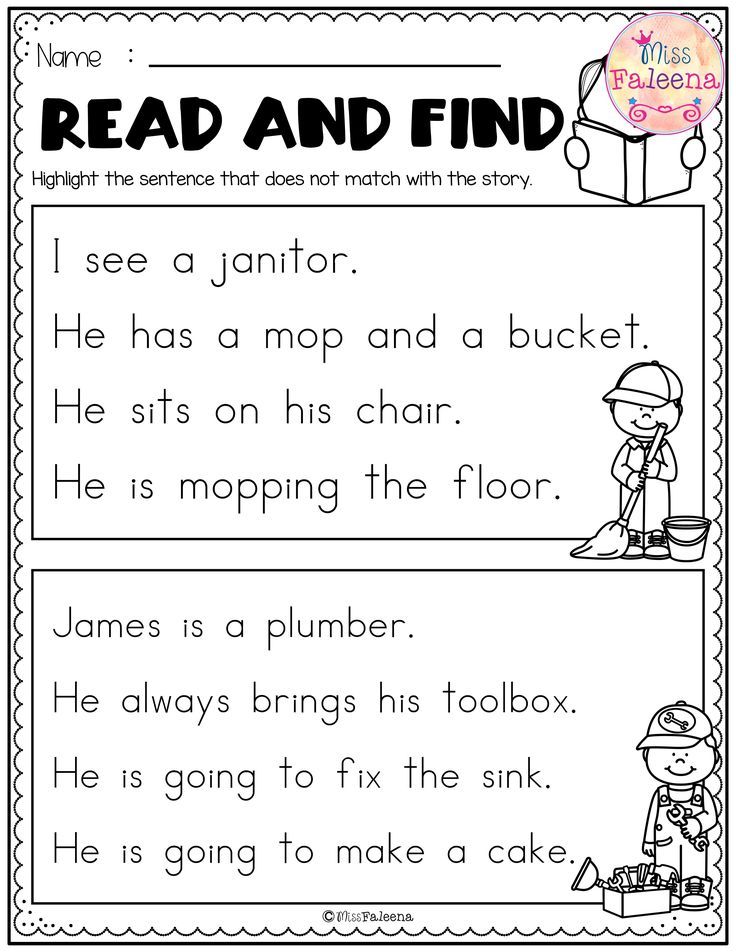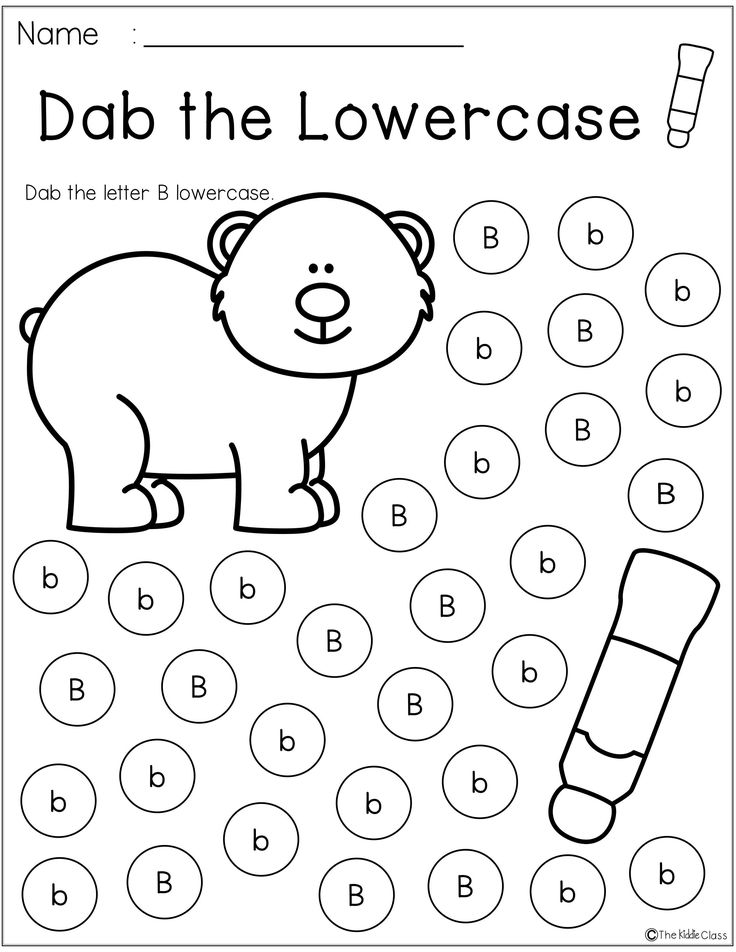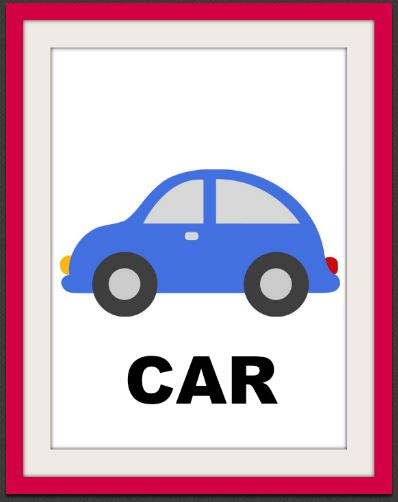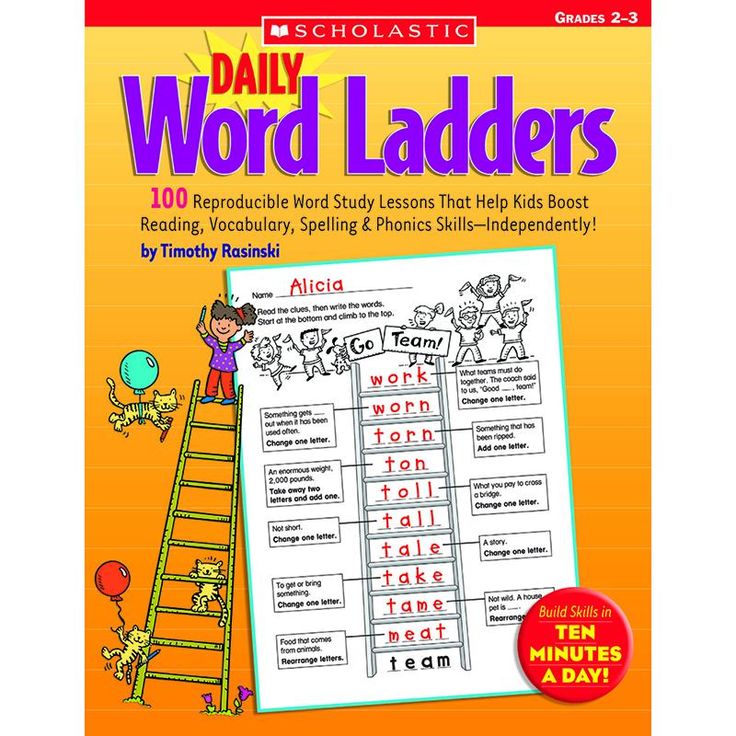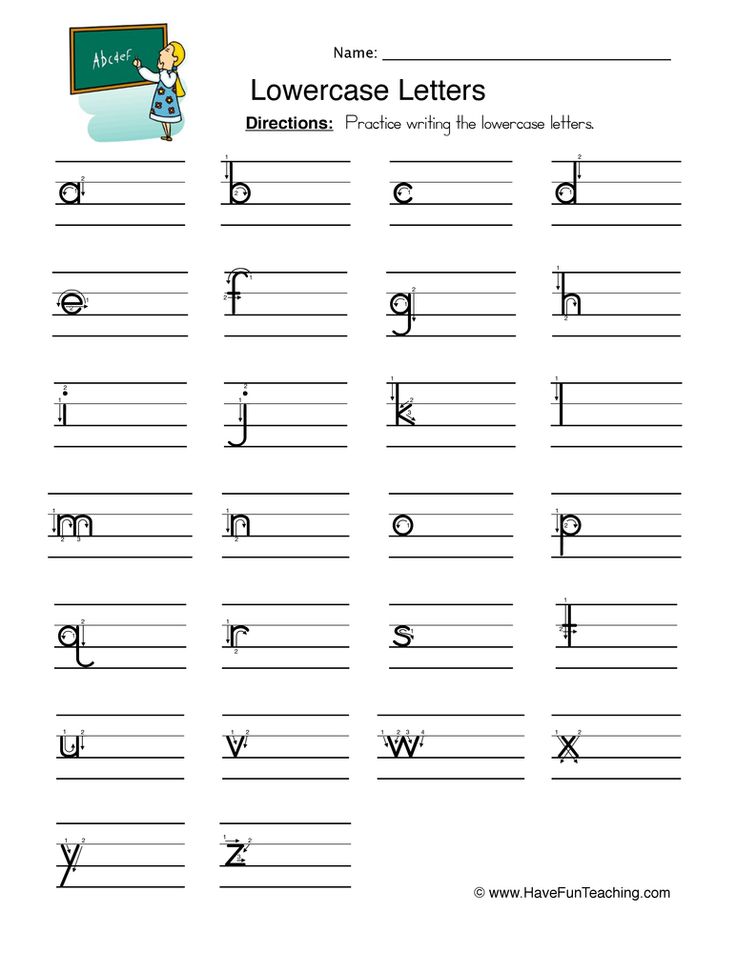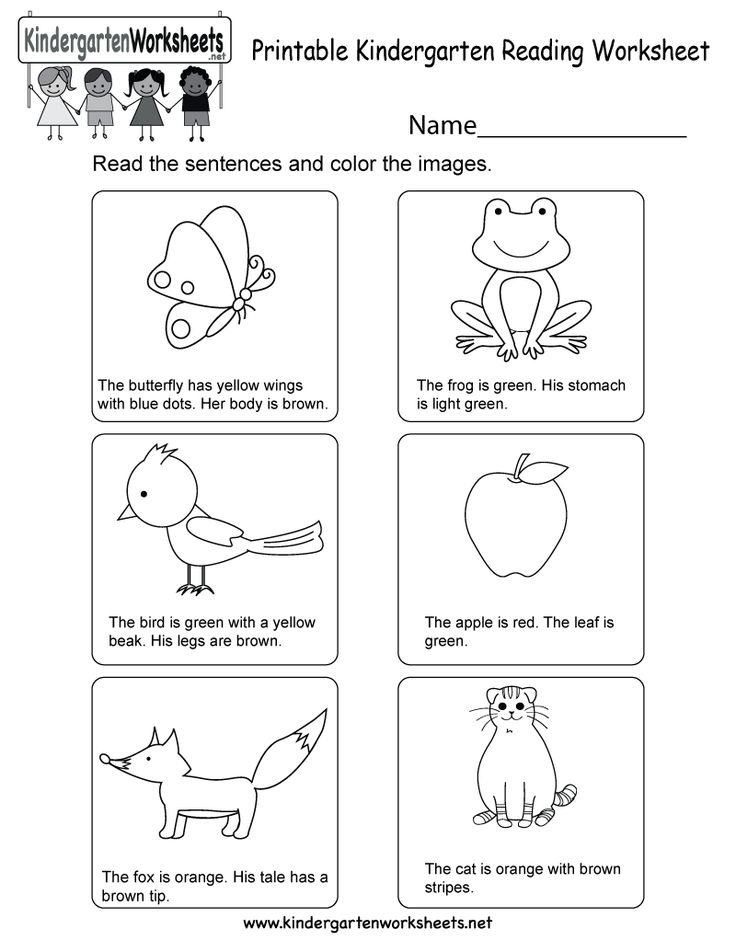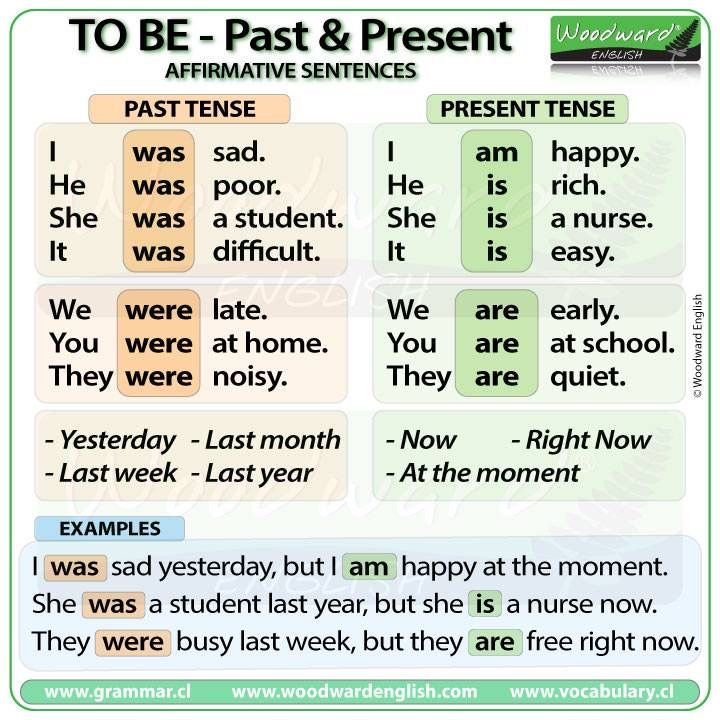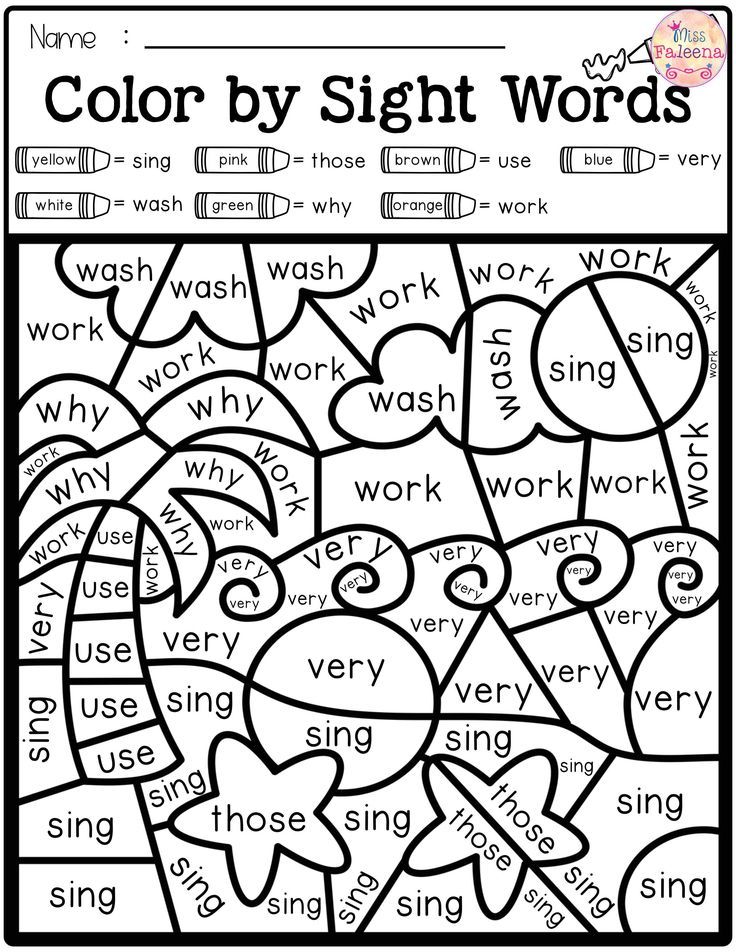Reading to your child benefits
Benefits & Importance of Reading to Children
Blog
03/03/2017
It’s undeniable that a child’s reading skills are important to their success in school, work, and life in general. And it is very possible to help ensure your child’s success by reading to them starting at a very early age. Continue reading to learn more about the top benefits of reading to children and how reading can support them for the future.
7 Benefits of Reading to Children
Whether you’re reading a classic novel or fairy tales before bed, reading aloud to children can significantly benefit your child’s life. Some benefits reading to children include:
- Supported cognitive development
- Improved language skills
- Preparation for academic success
- Developing a special bond with your child
- Increased concentration and discipline
- Improved imagination and creativity
- Cultivating. lifelong love of reading
Reading to young children is proven to improve cognitive skills and help along the process of cognitive development. Cognitive development is the emergence of the ability to think and understand; it’s “the construction of thought processes, including remembering, problem solving, and decision-making, from childhood through adolescence to adulthood” (HealthofChildren.com). It refers to how a person perceives and thinks about his or her world through areas such as information processing, intelligence, reasoning, language development, attention span, and memory.
When you begin reading aloud to your child, it essentially provides them with background knowledge on their young world, which helps them make sense of what they see, hear, and read. In fact, many educators and researchers postulate that “It is the talk that surrounds the reading that gives it power, helping children to bridge what is in the story and their own lives,” rather than just the vocalization of the words. Introducing reading into your young child’s life, and the conversations that it will prompt, helps them to make sense of their own lives, especially at a young age.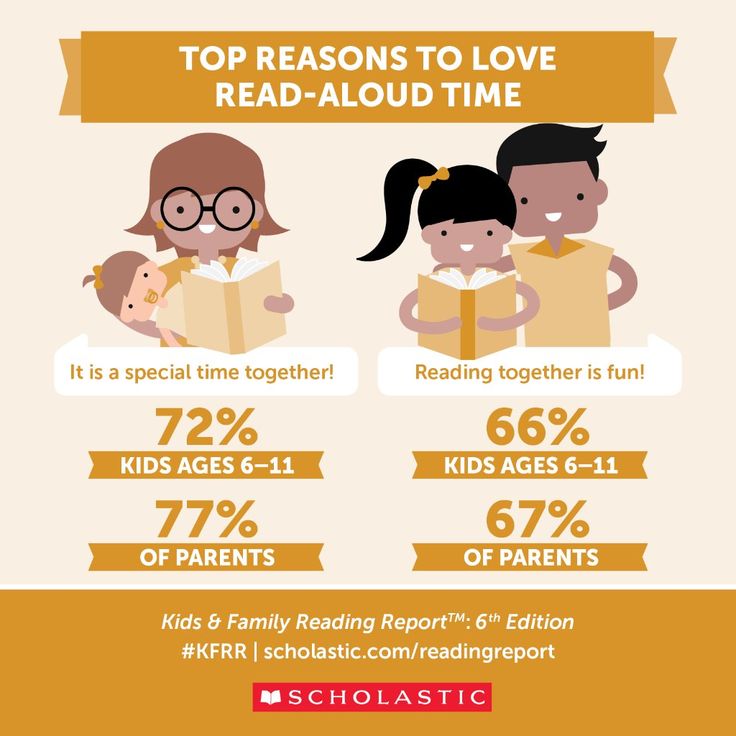
Consider this excerpt from a study on toddlers’ cognitive development as a result of being read aloud to:
“A child care provider reads to a toddler. And in a matter of seconds, thousands of cells in these children’s growing brains respond. Some brain cells are ‘turned on,’ triggered by this particular experience. Many existing connections among brain cells are strengthened. At the same time, new brain cells are formed, adding a bit more definition and complexity to the intricate circuitry that will remain largely in place for the rest of these children’s lives.”
Therefore, the more adults read aloud to their children, the larger their vocabularies will grow and the more they will know and understand about the world and their place in it, assisting their cognitive development and perception.
Improved language skillsReading daily to young children, starting in infancy, can help with language acquisition, communication skills, social skills, and literacy skills.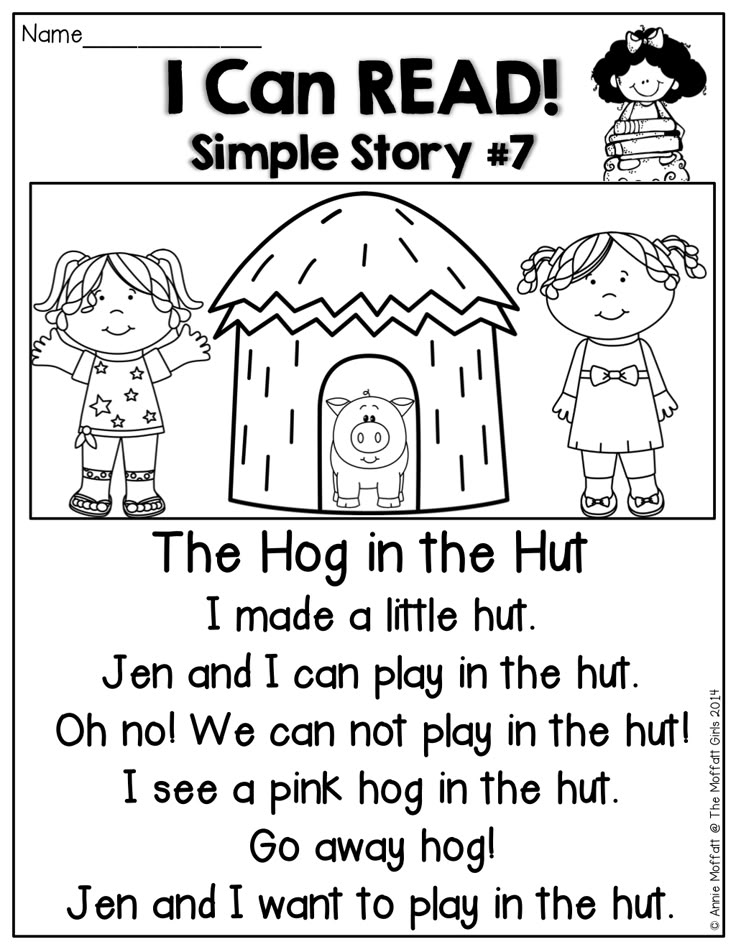 This is because reading to your children in the earliest months stimulates the part of the brain that allows them to understand the meaning of language and helps build key language, literacy and social skills.
This is because reading to your children in the earliest months stimulates the part of the brain that allows them to understand the meaning of language and helps build key language, literacy and social skills.
In fact, a recent brain scan study found that “reading at home with children from an early age was strongly correlated with brain activation in areas connected with visual imagery and understanding the meaning of language” (TIME.com)
These cognitive skills and critical thinking skills are especially important when you consider that, according to the American Academy of Pediatrics, more than one in three American children start kindergarten without the skills they need to learn to read. About two-thirds of children can’t read proficiently by the end of the third grade.
Furthermore, while a child will be able to latch onto vocabulary and language he or she hears around him or her, introducing reading into their auditory learning provides another benefit: it introduces the language of books, which differs from language heard in daily life.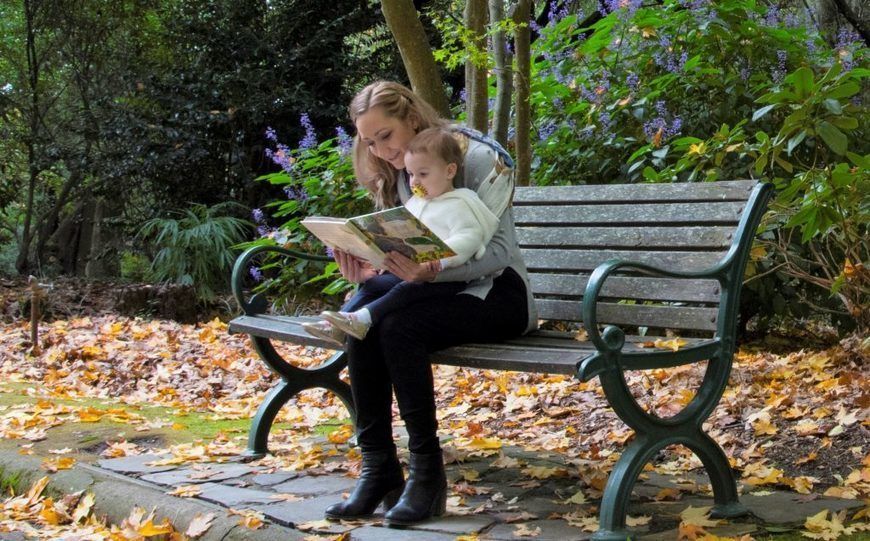 Whether it’s a children’s book or classic novel, book language is more descriptive, and tends to use more formal grammatical structures.
Whether it’s a children’s book or classic novel, book language is more descriptive, and tends to use more formal grammatical structures.
Early reading with your child is a true one-on-one opportunity for children to communicate with their parents and parents to communicate with their children. It allows children to grow their vocabulary skills with exposure to new words and listening skills they develop from hearing someone read to them that become vital to their academic success.
Studies have shown that “the more words that are in a child’s language world, the more words they will learn, and the stronger their language skills are when they reach kindergarten, the more prepared they are to be able to read, and the better they read, the more likely they will graduate from high school” (PBS.org).
Numerous studies have shown that students who are exposed to reading before preschool are more likely to do well when they reach their period of formal education. According to a study completed by the University of Michigan, there are five early reading skills that are essential for development. They are:
According to a study completed by the University of Michigan, there are five early reading skills that are essential for development. They are:
- Phonemic awareness – Being able to hear, identify, and play with individual sounds in spoken words.
- Phonics – Being able to connect the letters of written language with the sounds of spoken language.
- Vocabulary – The words kids need to know to communicate effectively.
- Reading comprehension – Being able to understand and get meaning from what has been read.
- Fluency (oral reading) – Being able to read text accurately and quickly.
While children will encounter these literacy skills and language development once they reach elementary school and beyond, you can help jumpstart their reading success by reading to them during infancy and their early toddler years.
While they won’t be able to practice fluency or phonics at that stage, they will get an earlier introduction to phonetic awareness, vocabulary and reading comprehension, all of which will set them up for success as they grow and interact with the world around them.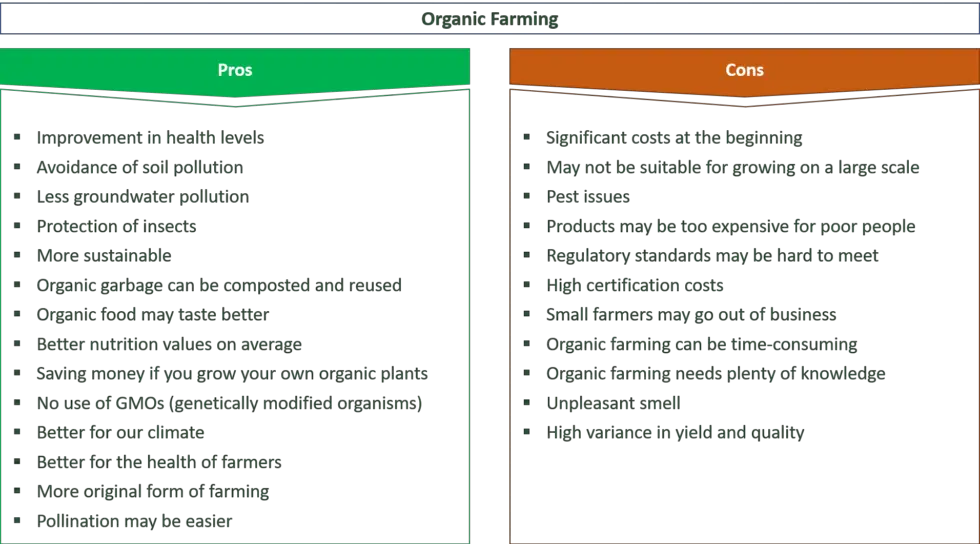
Developing a special bond with your child
It goes without saying that reading to your young child on a regular basis can help you forge a stronger relationship with them. When it comes to children, one of the most important things you can do to positively influence their development is spend time with them. Reading to your children provides a great opportunity to set up a regular, shared event where you can look forward to spending time together. With shared reading, your child will trust and expect that you will be there for them. The importance of trust to small children cannot be overstated.
Reading a favorite book to your children not only helps you bond with them, but also gives your children a sense of intimacy and well-being. This feeling of intimacy helps your child feel close to you, and the feelings of love and attention encourage positive growth and development.
With babies specifically, although they may not be able to understand what you’re saying when you read to them, reading aloud provides a level of invaluable nurturing and reassurance.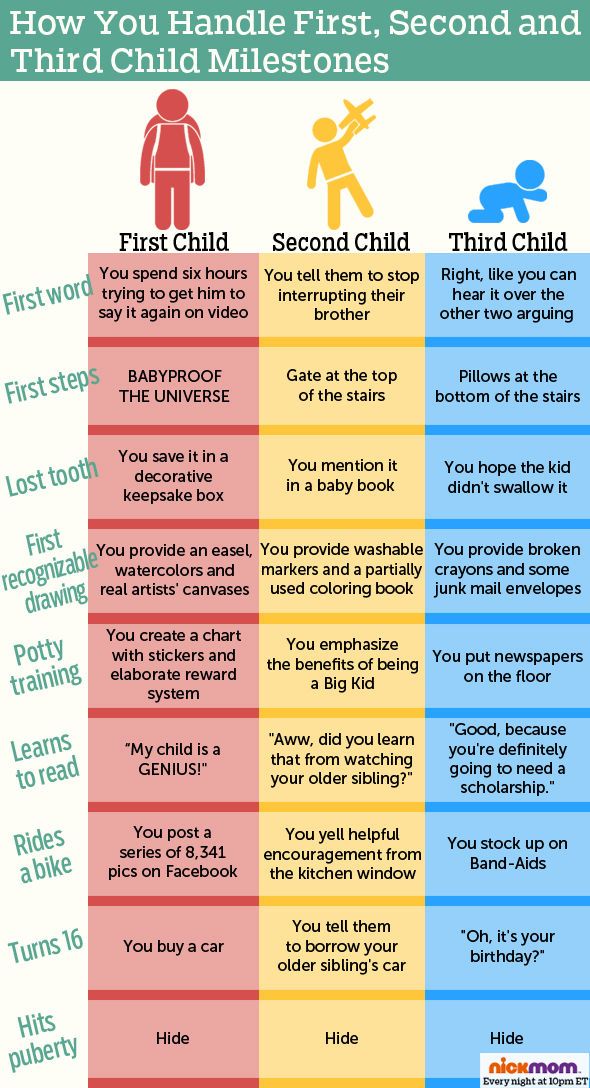 Very young babies love to hear familiar voices, and reading is the perfect outlet to create this connection.
Very young babies love to hear familiar voices, and reading is the perfect outlet to create this connection.
At a broader, more scientific level, it’s the parent-child relationship, nurturing relationships between caregivers and children that set a positive life course. If you are able to read aloud with your child at a predictable, scheduled time that fits with the daily routines of home and school, you’ll be able to provide something constant that they can expect and likely even look forward to.
Reading aloud together and having a shared activity gives you and your child something to talk about, which in turn supports the development of reading and writing skills (per the vocabulary and reading comprehension areas of development mentioned above). And down the road, reading together can be used to discuss real-life experiences and issues. A children’s book can provide springboards to meaningful discussions about many different topics which can further develop a child’s critical thinking skills.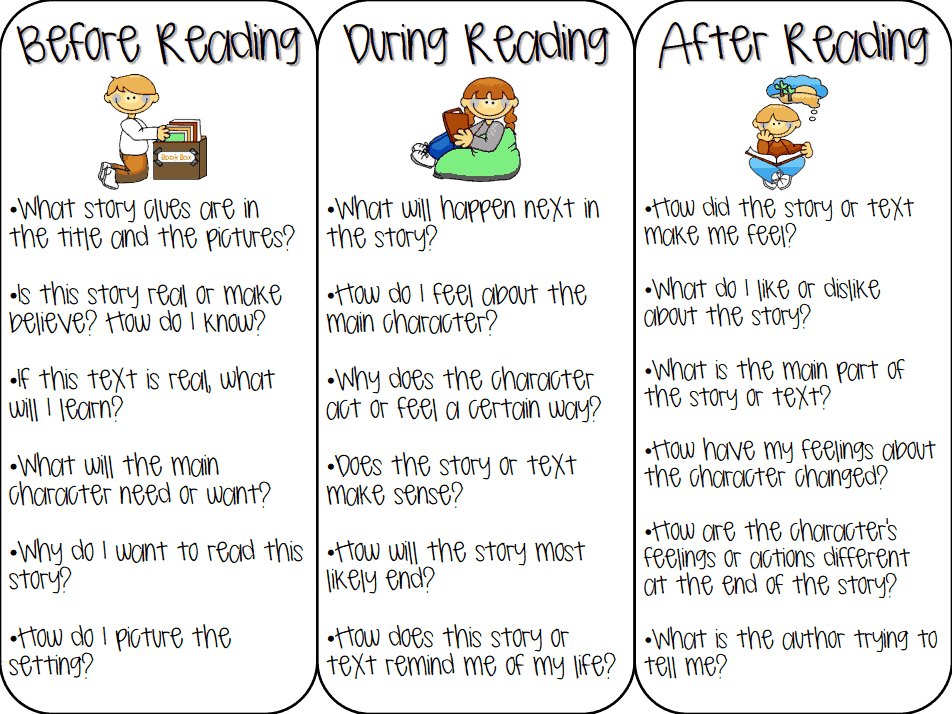
At its core, literature is one of the best ways to help kids understand something without necessarily having to experience it for themselves. Reading to your child helps to expose them to all types of subjects and concepts, building our children’s understanding of humanity and the world around them (ReadBrightly.com).
Increased concentration and disciplineIntroducing regular reading time into your child’s schedule has another benefit outside of creating shared time together: increased discipline and concentration. Very young children rarely sit still for long, and it’s oftentimes difficult to get them to focus. But when you introduce regular reading to your children, you may start to observe a change in behavior. Toddlers may initially squirm and become distracted during story time, but eventually they’ll learn to stay put for the duration of the book.
According to EarlyMoments.com, along with reading comprehension comes “a stronger self-discipline, longer attention span, and better memory retention, all of which will serve your child well when she enters school.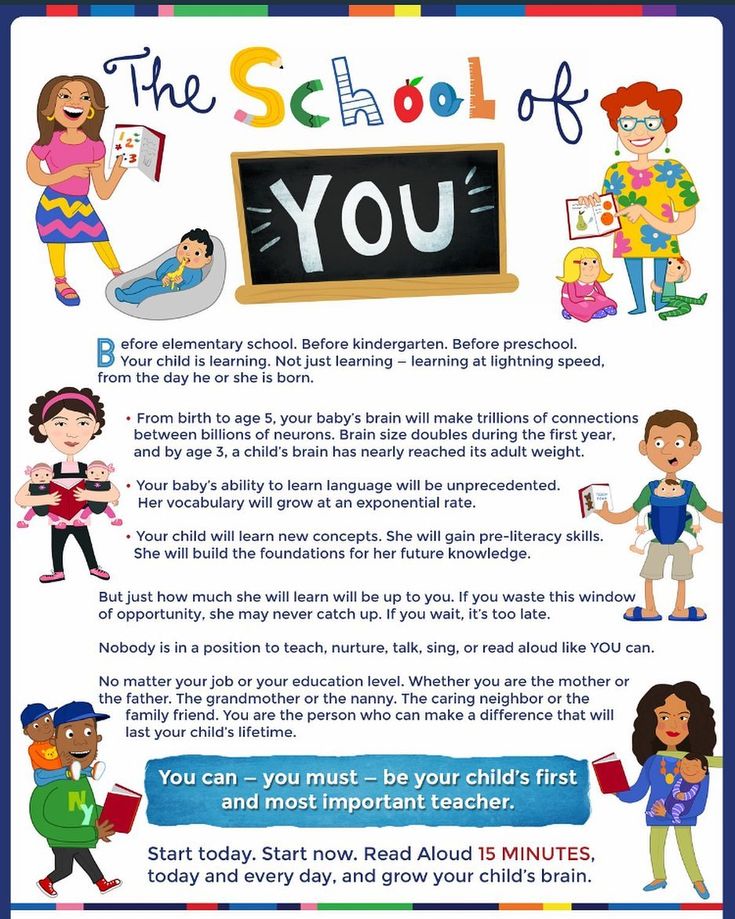 ”
”
Young children naturally have a capacity to dream big and use their imaginations. Reading aloud to your child helps them use their imaginations to explore people, places, times, and events beyond their own experiences. Reading as an imaginative activity can open doors to all kinds of new worlds for your child. By widening your child’s imagination, your child is more likely to dream bigger and act creatively which can benefit they school, work, and life in the future.
Cultivating a lifelong love of readingAccording to Jim Trelease, author of the best-seller, The Read-Aloud Handbook: “Every time we read to a child, we’re sending a ‘pleasure’ message to the child’s brain… You could even call it a commercial, conditioning the child to associate books and print with pleasure” (ReadAloud.org)
This connection between reading and “pleasure” is crucial for success later in life. As personal development coach and speaker Brian Tracy says, your ability to expand your mind and strive for lifelong learning is critical to your success — “Learning is the minimum requirement for success in any field.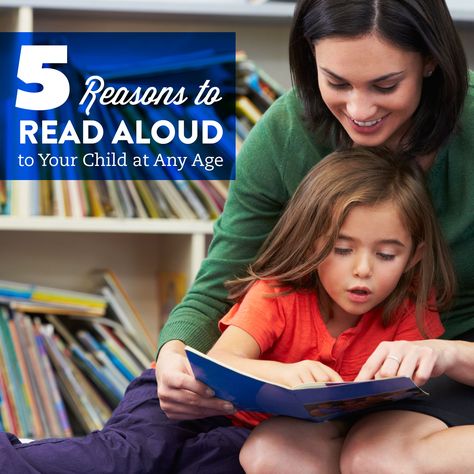 ”
”
Reading is the key for lifelong learning, and if you can instill a love of reading at an early age, then a commitment to lifelong learning is sure to follow. Reading aloud presents books as sources of pleasant, valuable, and exciting experiences. Children who value books are motivated to read on their own, and will likely continue to practice independent reading throughout the rest of their lives.
When it comes to reading to your children, the benefits to your child’s life range far beyond the development of a close bond with them, although that’s certainly one of them. Reading aloud to children is truly the single-most important activity for building these understanding and skills essential for reading success that your child will carry with them all throughout their life.
To learn more about our resources for children, visit our website.
Related Articles
This website uses cookies to improve your experience.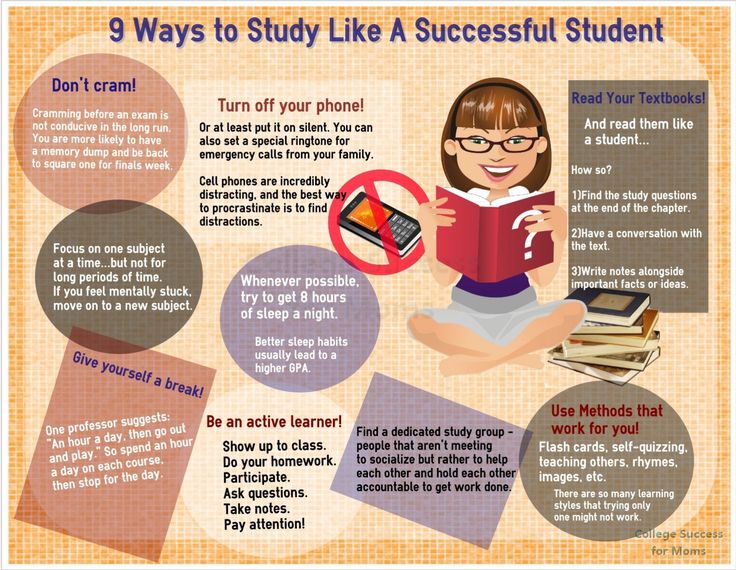 By continuing to use our site you agree to our Privacy Policy. ACCEPT
By continuing to use our site you agree to our Privacy Policy. ACCEPT
Why It’s So Important and How to Start
Babies and young children are sponges that soak in practically everything in their environments. It’s true! Even during story time, their minds are at work, taking in all the language they hear and lessons the characters learn.
Reading to your child — at any age — will boost their brain development, your bond, and so much more. And all it takes is a few books, motivation, and a little time.
Here’s how to get started.
First, set the scene in your head. You choose a book. You sit down in your favorite armchair, with your child in your lap, and open to the first of many smooth, colorful pages.
You begin to read, and your child is utterly captivated by the story. It’s magic. What’s even better is that your child isn’t just having fun, they’re learning!
Reality may look a little different: Just know you’re not alone if your baby tries to eat the book or your toddler wanders around the room instead of sitting patiently.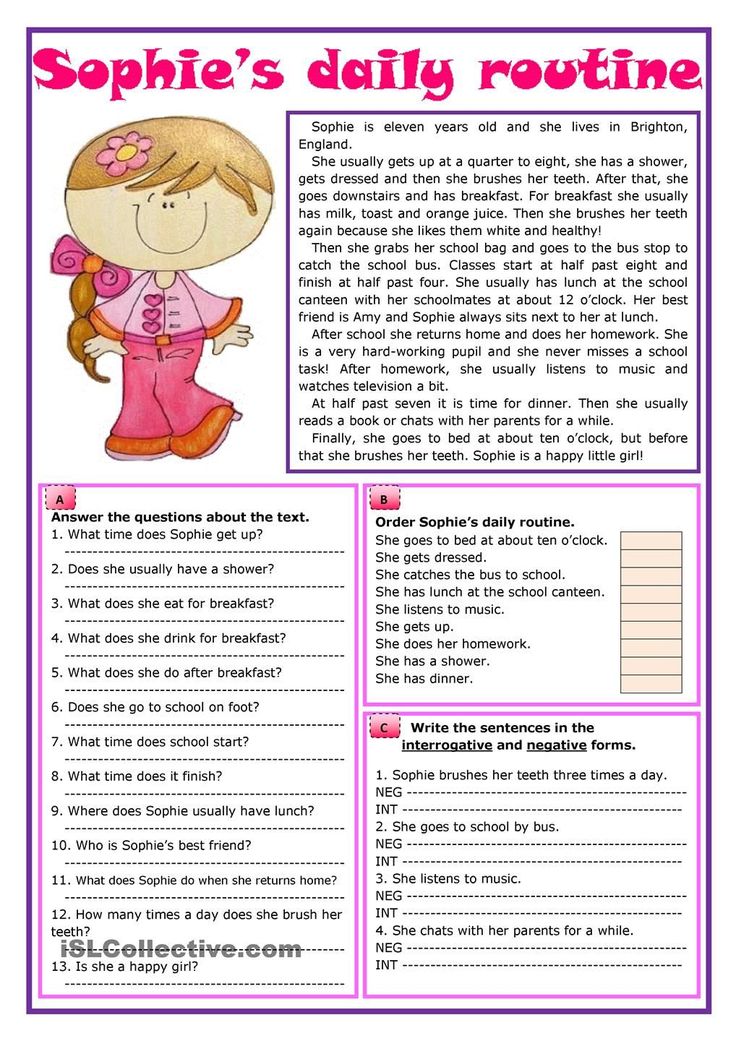 But the benefits of reading remain the same.
But the benefits of reading remain the same.
Bonding
Reading provides a wonderful opportunity for you and your child to connect. It’s a nice way to spend time together and slow down during an otherwise hectic day.
Research from 2008 pointed out how reading can support a solid parent-child relationship. Kids feel secure when they’re read to. Plus, caregivers who have a positive attitude toward books and reading in turn help their children view literacy in a positive way.
Listening skills
Hearing a story read aloud involves some level of comprehension on your child’s part. And comprehension is dependent on paying attention — in other words, listening skills.
The experts at Scholastic explain that listening is a skill kids must acquire before they can read themselves.
They suggest that books on tape are a great addition to reading one-on-one with your child. These often provide entertainment value, too, like silly voices, music, and other embellishments.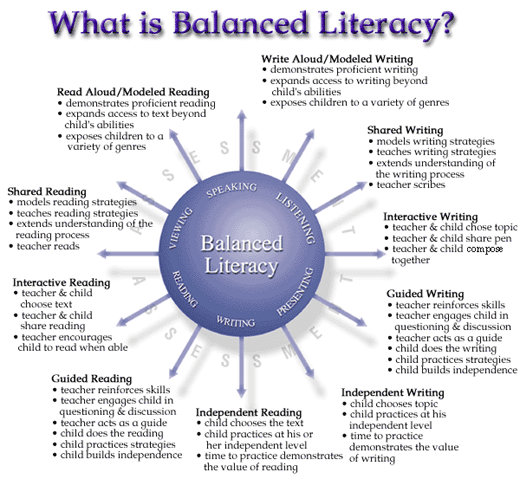
Cognitive and language development
Even the youngest children benefit from hearing their caregivers read to them. A 2013 study showed that babies who are read to and talked to score higher in language skills and cognitive development, like problem solving.
Research from 2018 suggests that this link extends throughout childhood into the teen years. In fact, researchers say that verbal interactions (reading, talking, etc.) between parents and young kids may promote higher language and IQ scores all the way up to age 14.
Expanded vocabulary
Experts from the National Center on Early Childhood Development, Teaching and Learning also explain that reading books to kids helps expand the number and variety of words they use. Think about it: The books you read often contain words you might not otherwise use in your everyday communications.
While reading a book, you might end up using more specific names for different plants or animals or use more adjectives (descriptive words) altogether. And this adds up.
And this adds up.
One 2019 study estimated that children who are regularly read to in the 5 years leading up to kindergarten are exposed to 1.4 million more words than children who aren’t read to during those years.
Attention span
Dinah Castro, a bilingual family well-being educator with Cornell Cooperative Extension, shares that reading to children helps them develop key concentration and self-discipline skills.
You’ve probably dealt with a squirming, distracted toddler at story hour. But what you may also notice is that — over time — regular reading gets kids listening in order to comprehend.
And when they’re listening, they’re more likely to sit still, develop a longer attention span, and even work on their budding memory-retention skills.
Creativity
Books and stories open up a whole new world to your child. Yes, there are plenty of nonfiction books on dinosaurs, bugs, and airplanes. Fiction stories, though, go beyond the real world and employ fantasy elements that get kids thinking outside the box.
Children have vivid imaginations as is, so reading serves to further feed their creativity. And experts at PBS note that creativity is important for developing interests and ideas, as well as for fostering emotional health.
Life lessons
Books provide an opportunity to talk about real-world situations in age-appropriate ways. Kids especially enjoy books that feature children their own ages doing things they do in everyday life.
Along with modeling what happens in various situations, reading books on targeted subjects may help children not feel alone when they deal with something new, like moving across the country, or something potentially uncomfortable, like going to the dentist.
Social and emotional development
Castro also says that reading to young children teaches them how to cope with “difficult or stressful experiences.” She further explains that reading stories about potentially emotional situations, like starting at a new school, can help get a conversation going and show children that their feelings are normal.
Start today! Babies, toddlers, preschoolers, and even older children all benefit from having a caregiver read to them. You don’t even need a large personal library of books to get started.
Think beyond the store — you can find a wide variety of books at your local library, secondhand shop, or Little Free Library. You can even encourage your child to borrow books from and lend them to their friends.
The youngest babies (under 6 months old) benefit from books that have simple but bold or bright images with lots of contrast. Talk to your baby as you look at the books, but words on the page aren’t necessary.
As they get a bit older (7 to 12 months), you may want to expand your collection to books with simple phrases or just a line of text that relates to the picture on the page.
Babies ages 12 to 18 months may find books with pictures of other children doing everyday things interesting. Same goes for books that have animals, television characters, or other familiar scenes in them. For this age group, you may look for books that have more detailed pictures and a simple story or progression of events.
For this age group, you may look for books that have more detailed pictures and a simple story or progression of events.
As your baby starts to babble and eventually talk, try involving them in what they see on the page.
For example, point to a picture and ask “What’s that?” or declare “That’s a banana!” to get your child engaging with the book. Keep it positive and try to repeat your child’s words back to them (“Yes — that looks like a cat, but it’s actually a squirrel!”).
There are lots of books, so try not to get too overwhelmed. Nursery rhymes, especially ones you might have memorized, are a good choice for babies.
And as far as construction, look for sturdy books that are made from cardboard (board books), fabric, or vinyl. Books with handles are also fun and let your baby transition from reading time to play time.
Kids between the ages of 19 and 30 months also enjoy books that feature familiar characters.
At this age, they tend to favor books with lots of action, pictures, and details versus lots of words on the page.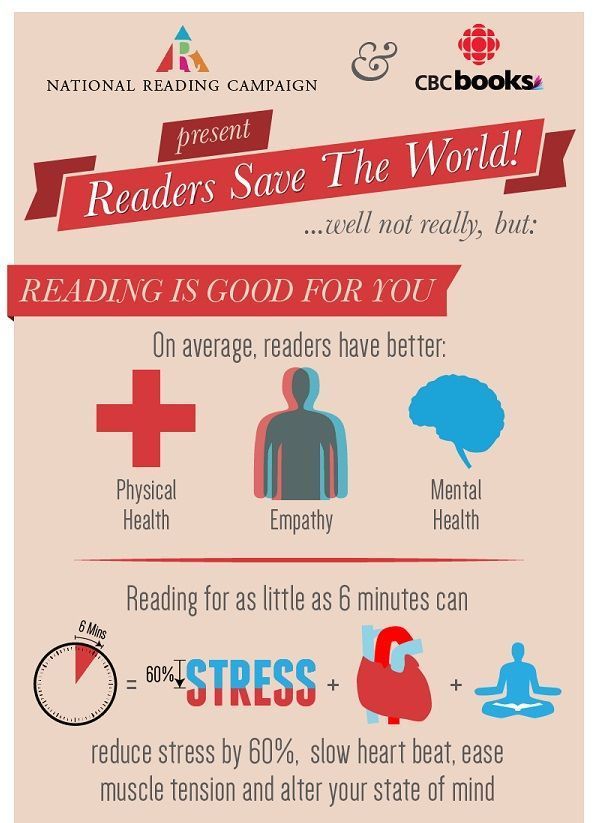 Look for books that contain short stories, particularly those with cause-and-effect relationships or a problem that the characters must work to overcome.
Look for books that contain short stories, particularly those with cause-and-effect relationships or a problem that the characters must work to overcome.
Repetition is important at this age, so try to find books that allow you to rhyme, sing, or otherwise repeat the text in some way. While you’re at it, take some time to pause as you read books with repetition to see if your little one fills in the blank.
You may also want to take time to draw connections between a main character and your child. For example, you might point out, “He’s sleeping in a big boy bed, just like you!”
By the way, you can start introducing books made with paper pages versus board books at this age. Just be sure to supervise to guard against your child ripping the pages.
Preschoolers and elementary school-aged kids have a wide range of reading abilities. It’s a good idea to take their lead when it comes to simple versus complex books.
Younger kids (and even some older ones) may still appreciate pictures with little text.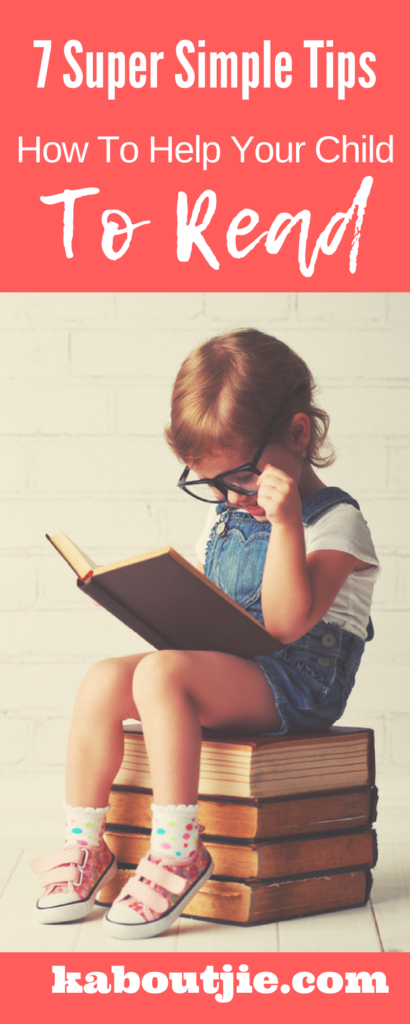 That said, you can start introducing stories that have more complex plots in them and books with more words than pictures — even chapter books.
That said, you can start introducing stories that have more complex plots in them and books with more words than pictures — even chapter books.
As your child begins reading on their own, you might involve them in the process of reading together by asking them to read words or sentences out loud along the way. This is great practice.
Ask questions as you move through the text, too — you don’t have to wait until the end of the book or chapter to check your child’s comprehension. Try open-ended questions like “What do you think might happen next?” These will help your child delve deeper, rather than surface questions like “What color is the house?”
Experts recommend engaging in literacy activities (like reading) for around 30 minutes per day. But you can also think outside the book here.
Try reading traffic signs or cereal boxes, singing songs, listening to audiobooks together, or having your child read to you to the best of their ability. It’s all good.
Librarian Donna Jeansonne says that you shouldn’t stop reading to your child once they learn to read themselves.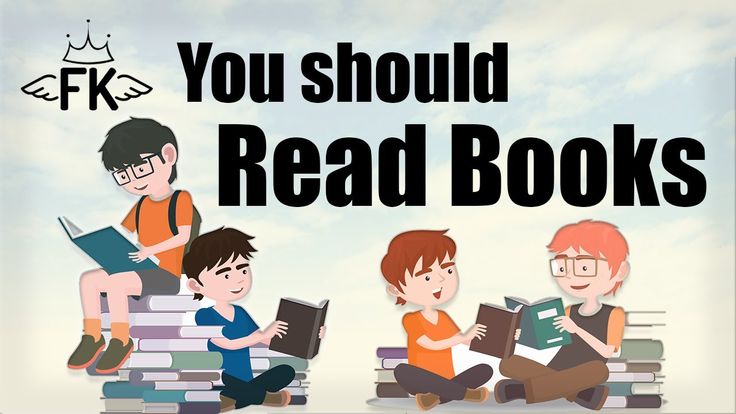 While independent reading is certainly important, reading out loud to kids as old as age 14 still holds benefits, both academically and emotionally.
While independent reading is certainly important, reading out loud to kids as old as age 14 still holds benefits, both academically and emotionally.
At this age, it’s about your older child’s reading fluency and comprehension. It may be helpful for them to follow along in the book as you read. And consider asking questions about the text to gauge their comprehension.
Again, all you really need to do is take the time to read to your child. It’s truly as simple as that. However, you might be wondering how to make the experience more enjoyable for everyone.
Here are some tips:
- Be consistent. Whether it’s one book per day or 15, try to make reading a part of your regular routine. And while you’re at it, you don’t have to read different books each time you sit down. Kids love hearing the same stories over and over again — and they learn through this type of repetition.
- Take your time. Be sure to leave enough time to read versus sneaking it in or — worse — making it a chore.
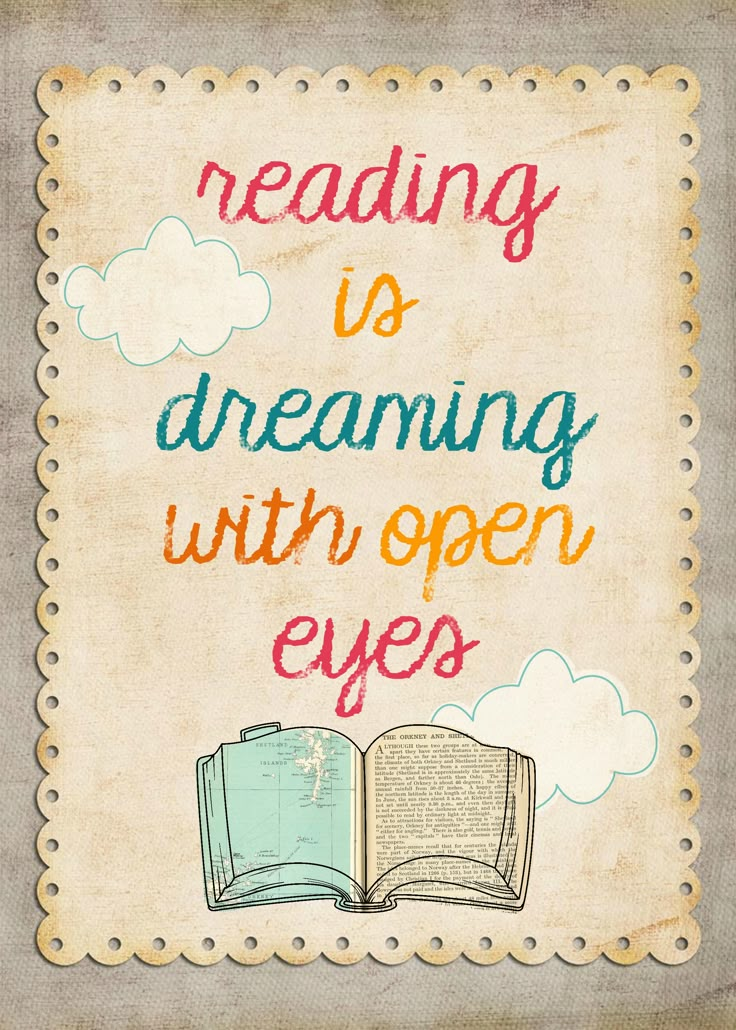 Of course, you won’t have loads of time each day to read, so some quickies are just fine. However, your child should see reading as a dedicated activity and one that you give your full attention to.
Of course, you won’t have loads of time each day to read, so some quickies are just fine. However, your child should see reading as a dedicated activity and one that you give your full attention to. - Make it fun. Use different voices for characters, pauses, songs, or other dramatics to make the story come to life. Reading with flair will help your child better understand the story. It also provides a good model of expressive and fluent reading for kids who have begun reading by themselves.
- Point out connections. Children love applying stories to their own lives. It not only makes the text more meaningful, but it also may help your child cope with different situations they encounter in their everyday experience. Point out those connections to your child. Note where the character was brave about that monster beneath their bed. Applaud the character who used the potty for the first time.
- Don’t stop with books. Any exchange of words is beneficial to kids.
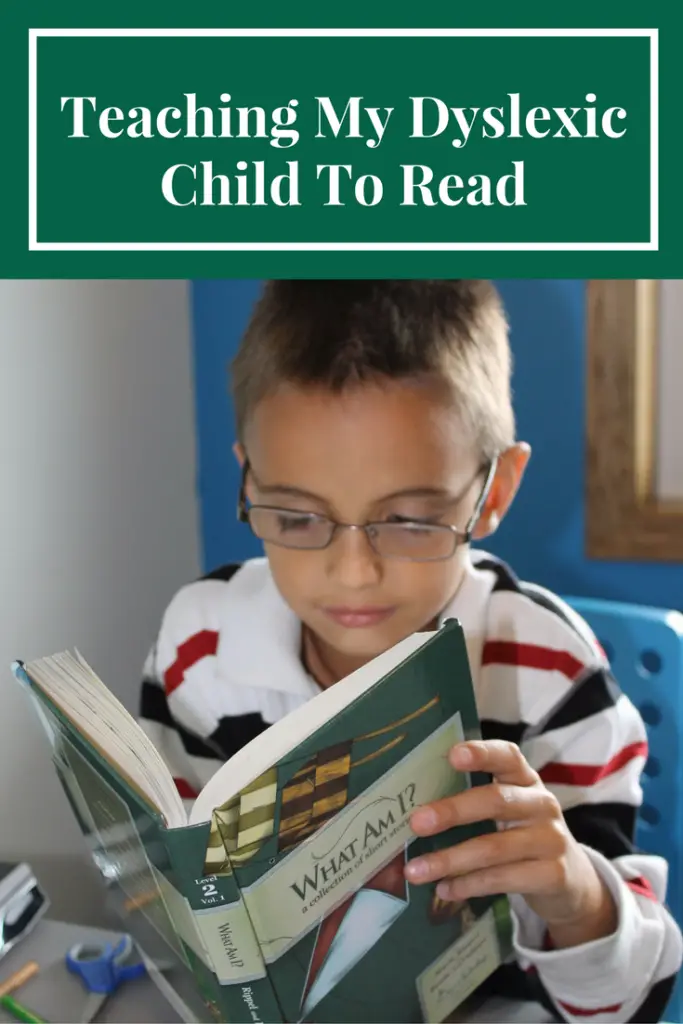 So, if you’re uninspired by books one night, turn to telling stories. You can also look at pictures and talk about what you see or ask your child to be the storyteller. Anything that gets language flowing between you and your child is golden.
So, if you’re uninspired by books one night, turn to telling stories. You can also look at pictures and talk about what you see or ask your child to be the storyteller. Anything that gets language flowing between you and your child is golden.
When it comes to early literacy and language skills, both the quality and quantity of the words you speak to your child matter. Books provide an excellent opportunity to get talking, telling stories, and connecting with your little one.
If you still don’t know exactly how to start, consider hitting up your local library and chatting with a librarian in the children’s department. You can get book suggestions, take out books and other media for free, and sign up for events (like in-person or virtual story hours) that’ll get your whole family inspired to read.
10 books and manuals for your child to learn to read
The child is growing up and yesterday's kid is already interested in reading? Or not interested, but you feel it's time? In modern bookstores there is a huge variety of aids for teaching reading.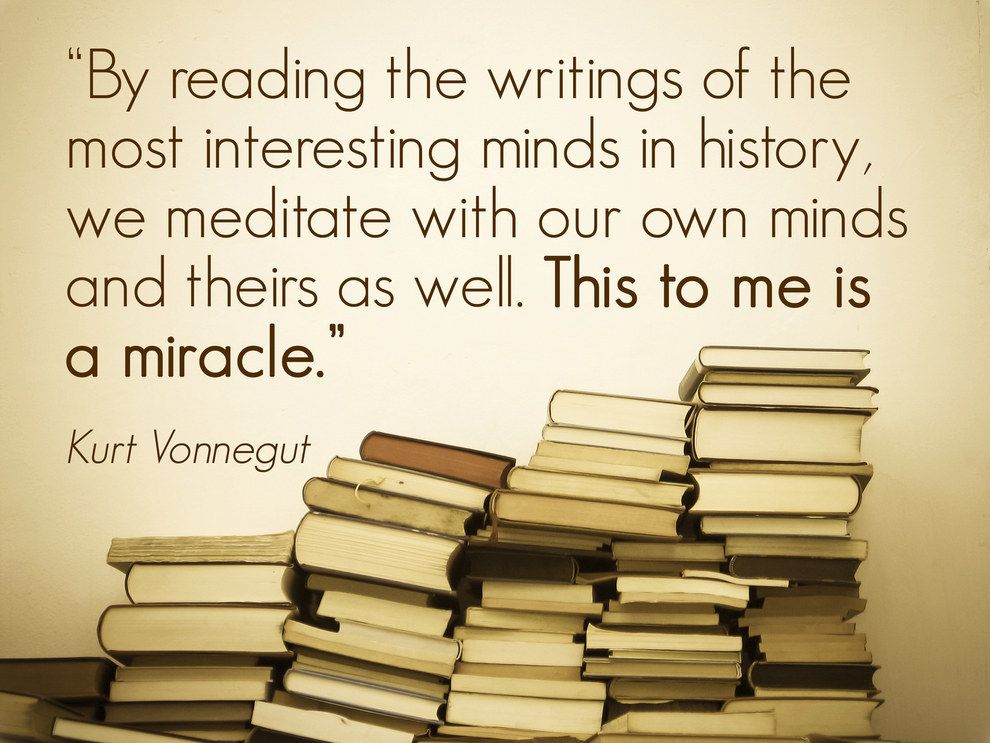 This, of course, is good - there are plenty to choose from. But there are also disadvantages in this - it is easy to get confused and miss really valuable publications in the diversity of the book world.
This, of course, is good - there are plenty to choose from. But there are also disadvantages in this - it is easy to get confused and miss really valuable publications in the diversity of the book world.
This collection contains the best books for teaching children to read 4-6 years old. Choose to your taste. The main thing is that the time of classes should correspond to the age of the child and take place in a relaxed atmosphere. By the way, it is also better to choose books for the first reading from proven ones.
Let your child's learning be easy and joyful!
Daria Gerasimova "The ABC of transformations"
The alphabet in this book is not classical, but presented in a light poetic form. Each letter is described by some object beginning with that letter. The verses themselves and the letters are easy to remember. Cheerful illustrations harmoniously complement the text, and the book itself smells of comfort and some kind of man-made work. The book has an envelope, and in it are coloring cards.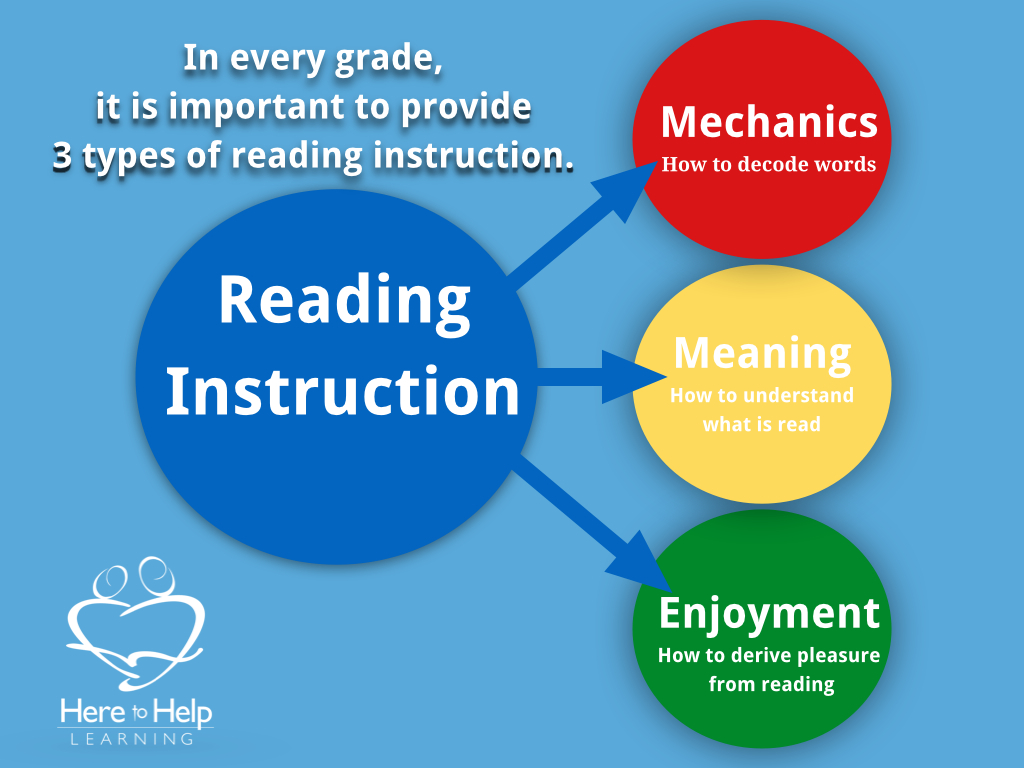 The cover was also creatively done: the letter A has hair made of threads, because it is known that fine motor skills and tactile activities help the brain with the development and assimilation of speech. So this edition can be considered not only fun, but also useful. In this way, you can start learning letters from the age of two.
The cover was also creatively done: the letter A has hair made of threads, because it is known that fine motor skills and tactile activities help the brain with the development and assimilation of speech. So this edition can be considered not only fun, but also useful. In this way, you can start learning letters from the age of two.
A4 format, high quality printing. Hard cover, 64 pages.
Nadezhda Zhukova Primer. Textbook»
This primer has already become a classic. There are no entertainment elements in it, only educational techniques that are designed to help you quickly and easily master reading. The methodology is based on the traditional teaching of reading with the author's approach of a speech therapist. Its essence is that it is explained to the child that one sound seems to “run” to the next, connecting into words. As a result, there is an awareness of the letter combination as a whole word, expressed graphically. It is important that before you start learning the alphabet with your child, the baby is not familiar with the letters, otherwise confusion may arise, because words do not consist of letters, but sounds. You can start learning as early as 3-4 years.
You can start learning as early as 3-4 years.
Zhutaute Lina "Tosya-Bosya plays with letters"
As the name implies, Tosya-Bosya plays with letters, but does not study them. In fact, the book helps to reinforce what has been learned previously in a playful way. There are also tasks for very young children (from about 3.5 years old): trace letters along dotted lines, look for your name among the letters of the alphabet, color the letters, make applications, connect the letter with the corresponding object. There are tasks for older children: anagrams, drawing more complex images, copybooks. Therefore, the game with this book can be stretched for a long time, up to 6 years. Bright illustrations, high-quality printing. Suitable not only for Toshi-Boshi fans.
Elena Ul'eva "Simulator. Issue 1. We read short words”
After the child has learned all the letters, it is quite logical to try to combine them into words. Slowly - from syllables and short, simple words - the simulator tells you how to move on to reading more complex and long words, and then sentences.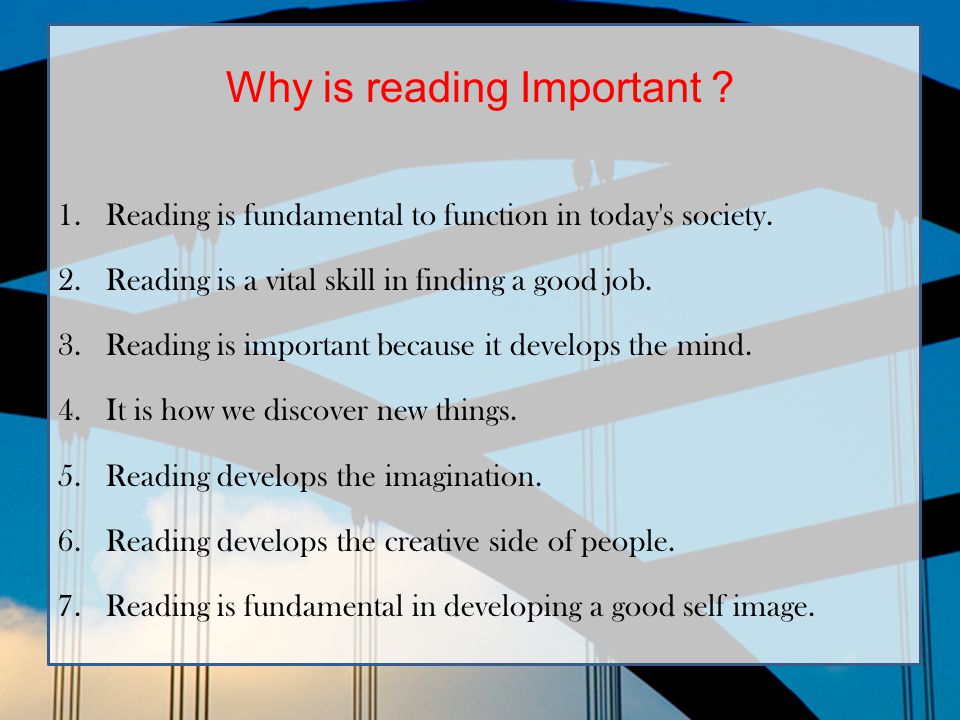 After reading the word, the child is invited to complete an additional task, which is designed to motivate reading in the future. With the advent of the realization that reading opens the door to a new world, the child can no longer be stopped, he wants to read more and more, and now he is already reading store signs and all the inscriptions that he meets on his way. And there, not far from the volume of some great classic.
After reading the word, the child is invited to complete an additional task, which is designed to motivate reading in the future. With the advent of the realization that reading opens the door to a new world, the child can no longer be stopped, he wants to read more and more, and now he is already reading store signs and all the inscriptions that he meets on his way. And there, not far from the volume of some great classic.
Soft workbook, tasks are colorfully illustrated, 32 pages.
Julia Pchelintseva “Slovolodochki. Mom, teach me to read! Author's course for teaching reading”
This author's technique helps to quickly teach a child to read correctly. The approach is traditional: the child learns sounds and letters, puts letters into syllables, and syllables - with the help of special "boats" - are connected into words. The uniqueness of this technique is that the book can be used at any stage of learning to read: you can only know the letters, already be able to add syllables or try to read the first words.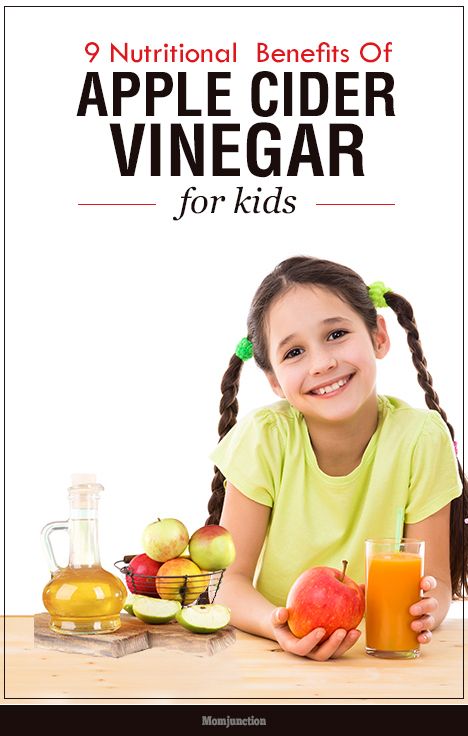 This book is also good because it contains a lot of practical advice: where to start learning to read, at what age it is better to do it, what to do if the child does not listen to what they are trying to explain to him and where to have patience for learning if he lacks.
This book is also good because it contains a lot of practical advice: where to start learning to read, at what age it is better to do it, what to do if the child does not listen to what they are trying to explain to him and where to have patience for learning if he lacks.
Yuliya Danilova "Super-efficient reading trainer for little buzzers"
Do you know who the boozes are? These are such funny characters, which are always a lot of fun. They love to play pranks, scare each other and make up different stories. And buzaiki will teach your child to read. Not immediately, of course, but gradually, by reading the simple exclamations of the heroes of the book, you can really learn to read. The main thing is that the learning process will take place between times, in a relaxed atmosphere. The complication of tasks goes from simple to complex.
Funny unexpected tasks, mischievous puzzles, bright illustrations and a simple plot will captivate the baby. This is a really effective simulator, but it requires the emotional involvement of an adult.
Yulia Danilova is an experienced teacher, author of teaching methods for children. Also check out her Busy Mom's Primer.
64 pages, softcover. The format of the book is almost A4.
Olesya Zhukova "Reading Simulator"
Handbook with tasks for developing reading skills. Large letters are paired with bright clear pictures. Exercises - on the principle of "from simple to complex." Words are divided into syllables, most of the tasks are based on the development of syllabic reading.
A colorful exercise book not only teaches reading, but also develops thinking, attention, and memory. Large format manual, good quality paper, color illustrations. 32 pages, softcover.
The author of the book is a specialist in child development, a teacher with great experience. If you like her reading simulator, pay attention to other author's manuals: "Speech therapy primer", "Large prescriptions for speech therapy primer", "Neurologopedic prescriptions. Learning letters, etc.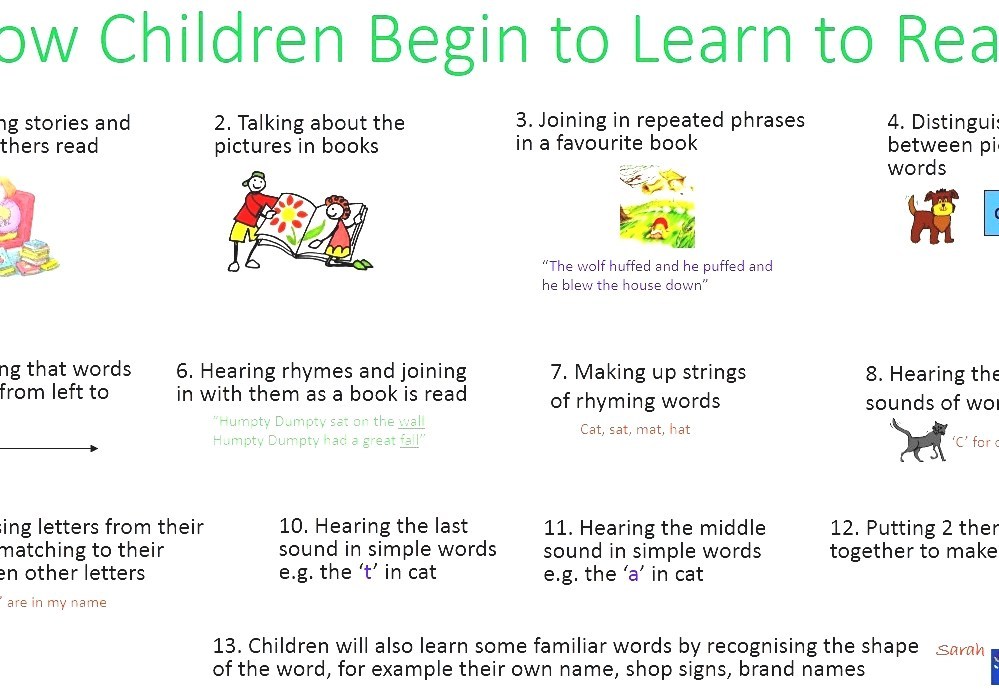
Evgenia Katz “Learning to read. We play with letters. For children from 6 years old. Federal State Educational Standard
Zhenya Katz is known for her math manuals (“Micematics”) with non-trivial and varied exercises. This book also contains unusual tasks for teaching reading: how many letters "K" in these words; circle "P" in blue and "M" in red; which letter has changed, etc.
There are many games with letters and words in the manual. Tasks and puzzles are aimed not only at mastering reading, but also at selecting rhymes, counting, logic, and attention. Bright simple illustrations help to better assimilate the material. The font is large, high-quality printing.
48 pages, softcover.
Uzorova O., Nefedova E. "350 best exercises for learning to read"
The manual from well-known practitioners is built on the principle of "one day - one lesson." First, the child learns letters, then simple syllables, and then short words, simple sentences.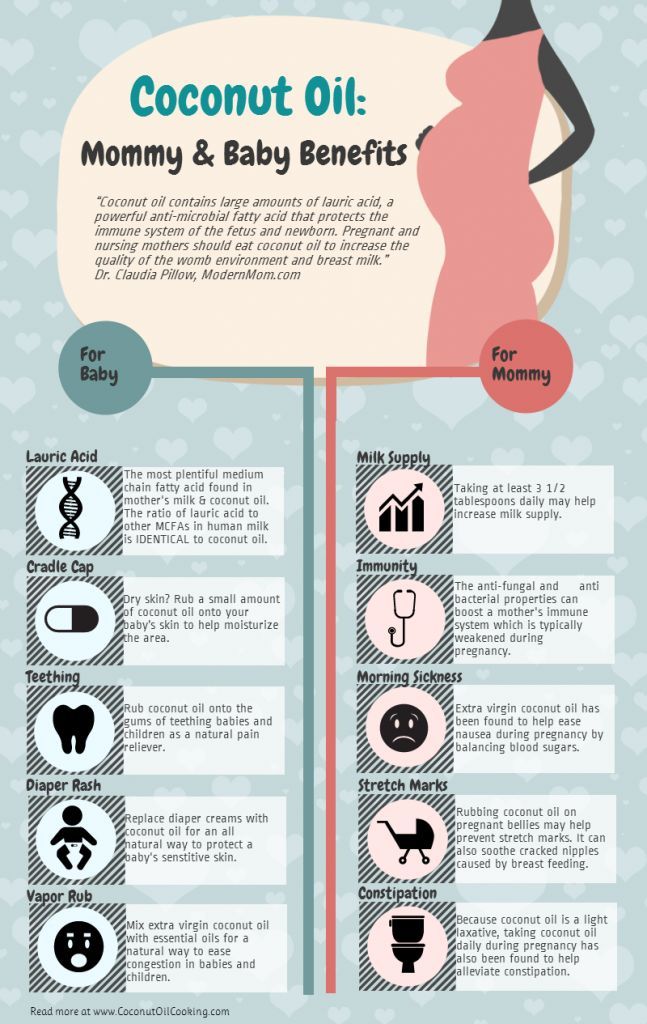 No more than seven minutes a day - you must admit, it is quite possible to find an opportunity for such short lessons - and your child will learn to read.
No more than seven minutes a day - you must admit, it is quite possible to find an opportunity for such short lessons - and your child will learn to read.
There is a note for parents at the beginning of the book. There, for example, there are important tips: do not overdo it when studying with a baby, so as not to discourage the desire to learn. And also repeat what you have done on a walk, between times, before going to bed.
96 pages, softcover. A4 format.
Daria Sukhova “Global Reading. Primer + set of cards. Handbook with instructions for classes with children from 3 years old "
The primer contains syllabic tables, exercises for reading letters, and then simple syllables. Non-trivial tasks are also present: find a letter in a word, find a certain letter among other letters, etc. The primer is accompanied by a set of cards printed on 26 sheets.
The manual contains a QR code by which you can find additional materials. Tasks are aimed not only at teaching reading, but also the development of memory, attention, spatial thinking.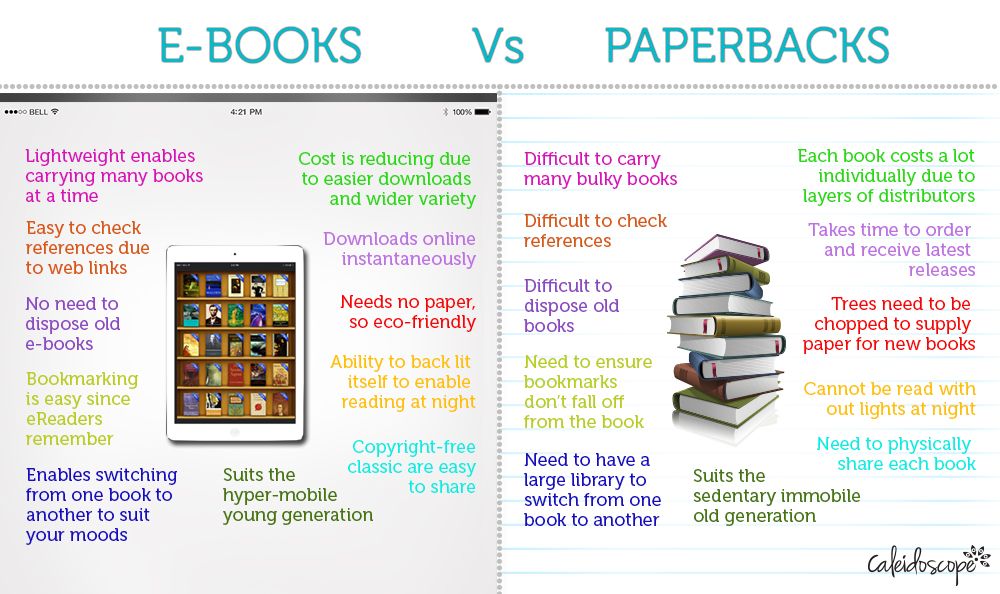
216 pages, hardcover. Large format.
The author of the book is a teacher with twenty years of experience, including with dysgraphic children. Daria Sukhova also has several books on reading and arithmetic.
| Literacy (reading and writing) aids
Literacy (reading and writing) aids
Confident reading skills are one of the main conditions for a child's success in general and in school in particular.
An important feature of the mental development of children of older preschool age is the readiness of children to master the methods of systematic education. The sensitivity of this period and high learning ability are also manifested in the process of learning to read and write. If teachers and parents miss this moment, they are late with teaching literacy, then in the future its development can take place with great difficulties.
Reading is the basis for the development of written language;
- early start of literacy training contributes to the formation of spelling literacy (the child remembers the graphic image of the lexeme);
- reading develops mental activity, memory, attention, concentration;
– in the process of reading, knowledge of the surroundings takes place.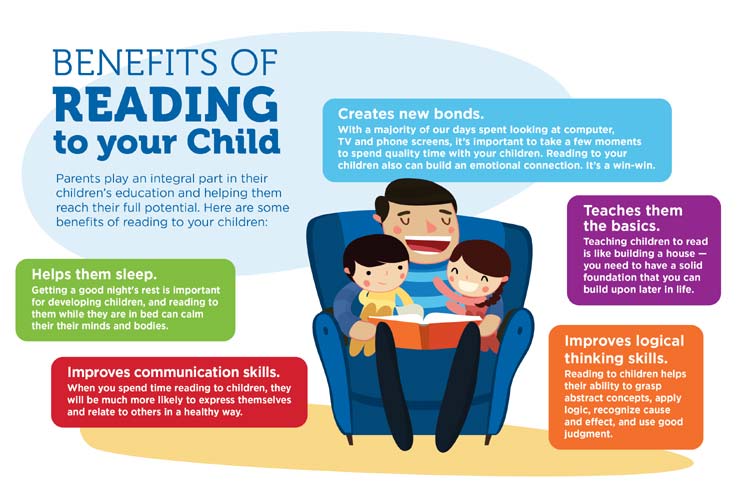
And one more important question. Can reading classes be harmful to a child? They can - in the event that the adult organizing these classes does not take into account the age and individual characteristics of the child, instead of the natural activity for the preschooler - the game, sets the goal in itself to teach the child to read at any cost.
If your child does not have speech, attention, memory, thinking, visual perception, then learning to read will be difficult for the child, and will take a huge amount of energy from both the child and the specialist. That is, if a child does not pronounce sounds, confuses syllables in words, pronounces them incorrectly, then even at 5-6 years old it is not worth teaching him to read. It is better to first resolve issues with pronunciation, help the baby develop phonemic hearing.
However, some preschoolers actively refuse to learn to read. The reasons may be different, including the maturation of the brain and its structures. Reading is a complex activity, the implementation of which requires the interaction of various functions of the brain with other body systems, especially visual-motor.
Reading is a complex activity, the implementation of which requires the interaction of various functions of the brain with other body systems, especially visual-motor.
Today's children do not want to read because they receive too much information from the media, in particular television. The images created on the screen are presented in finished form, and when reading, one must make serious efforts to create an image - to force one's own imagination to work.
It is easier for a child who reads well at school, because at first, due to the skill of reading, he gains confidence in success, he does something faster than others, evaluates himself more highly. Psychologists have found that children who read have higher self-esteem than their non-reading peers.
- Play! The game is the natural state of the preschooler, the most active form of knowledge of the world, the most effective form of learning. The education of a preschooler should take place, as it were, by the way, in a game situation, in an atmosphere of exciting work.

